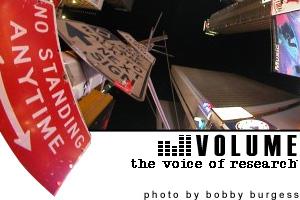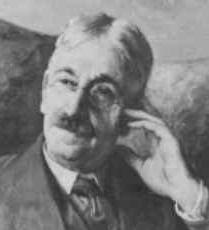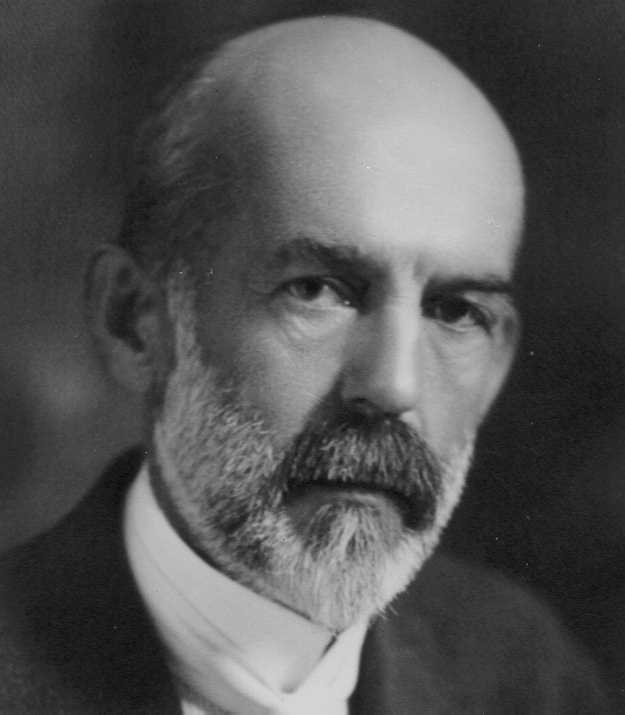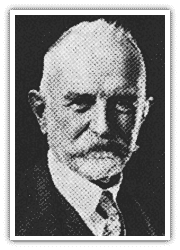- News
- History
- Founding Fathers
- Four American Roots
- Role of Research
- Philippine Research
-
- References
- About Us
Navigate
- Website for Communication Research
- Human Communication Research
- Nonverbal Communication Research Page
- Web Journal of Mass Communication Research (WJMCR)
Related Links
- Bobby Burgess
- Pixel Scripts
- Blogring.Net
- Soup-Faerie
- Sage Publications
Credits







THE FOUR AMERICAN ROOTS
Each of these American scholars contributed seminal ideas to the social science of human communication, placing it at the center of a conception of human behavior. They all stressed phenomenological approach to human communication, emphasizing that the individual subjectivity of how a message is perceived is an essentially human quality. Thus, to these four, how an individual makes sense out of information, and thus how meaning is given to a message, was a fundamental aspect of communication.
JOHN DEWEY: Pragmatism
 Dewey
is known today for his “pragmatic philosophy,” a belief that an idea was
true if it worked in practice. Pragmatism rejected the dualism of mind and
matter, of subject and object.
Dewey
is known today for his “pragmatic philosophy,” a belief that an idea was
true if it worked in practice. Pragmatism rejected the dualism of mind and
matter, of subject and object.
In addition to his key role as an intellectual root of communication science, Dewey should be credited with launching the school of pragmatic philosophy, the study of education, and for forming the preconditions for social psychology. Dewey was a direct academic influence on Mead, Park, and Cooley, the other three American roots of communication science.
CHARLES HORTON COOLEY: The Looking-Glass Self
 The
central theoretical interest for Cooley was in how individuals are
socialized. Initially attracted to the study of sociology by exposure to
Herbert Spencer’s social Darwinism, Cooley later rejected hereditary and
individualism as determinants of personality. Instead, Cooley saw
interpersonal communication with parents and peers in the individual’s
“primary group” as the main basis of socialization.
The
central theoretical interest for Cooley was in how individuals are
socialized. Initially attracted to the study of sociology by exposure to
Herbert Spencer’s social Darwinism, Cooley later rejected hereditary and
individualism as determinants of personality. Instead, Cooley saw
interpersonal communication with parents and peers in the individual’s
“primary group” as the main basis of socialization.
Cooley placed a high value on communication in his conceptual schema; it was the crucial mechanism in the formation of the “looking-glass self.” Interaction with others serves as a kind of mirror, helping form an individual’s self conception.
ROBERT E. PARK and The Chicago School of Sociology
 Robert
Park can rightly be called “the first theorist of mass communication “
(Frazier and Gaziano, 1979, p.1). Perhaps he also deserves the title of
“first mass communication researcher,” in that Park conducted empirical
studies of newspaper content, their audiences, and ownership structures.
Robert
Park can rightly be called “the first theorist of mass communication “
(Frazier and Gaziano, 1979, p.1). Perhaps he also deserves the title of
“first mass communication researcher,” in that Park conducted empirical
studies of newspaper content, their audiences, and ownership structures.
Park has been called “perhaps the single most influential person in American sociology” (Boskoff, 1969, p.94), while another observer stated that “probably no other man has so deeply influenced the direction taken by American empirical sociology” (Turner, 1967, p.ix). Park instituted a “dense, highly integrated local network of teachers and graduate students carrying out a program of research in one city centered around common problems” (Bulmer, 1984, p.1). Theory and research were blended by Park; he told his graduate students: “Go get the seat of your pants dirty in real research” (Bulmer, 1984, pp.97-98).
GEORGE HERBERT MEAD: The Self
 During
his thirty-seven years of teaching at Chicago, Mead founded the symbolic
interactionist approach to social psychology. Mead depended directly upon
his friends John Dewey and Charled Horton Cooley for his theory of the self,
but carried their work forward in a direction stressing human communication
as the fundamental socializing agency. Mead’s theory states that individuals
get to know themselves through interaction with others, who communicate to
them who they are.
During
his thirty-seven years of teaching at Chicago, Mead founded the symbolic
interactionist approach to social psychology. Mead depended directly upon
his friends John Dewey and Charled Horton Cooley for his theory of the self,
but carried their work forward in a direction stressing human communication
as the fundamental socializing agency. Mead’s theory states that individuals
get to know themselves through interaction with others, who communicate to
them who they are.
Mead (1934, p.xxiv) created the concept of the “generalized other,” with whom one learns to empathize. Thus, “me” consists of all the attitudes of the other individuals with whom one has interacted, and which one takes over into oneself. “Me” is an individual’s perspective of how others see him or her.
All four “roots” came from rural backgrounds, but led urban lives, and this transposition influenced their progressive liberalism. Dewey, Cooley, Park, and Mead were positivists, believing in the ameliorization of social problems through social science research. The four were before their time in recognizing communication as the fundamental process affecting human behavior. They stressed the subjectivity of human communication, a quality that was later to be unfortunately short-changed by linear, effects-oriented models of communication. The four studied a very wide range of communication phenomena, pursuing a diversity of research questions not seen since. The paradigm that was to unify and integrate the communication discipline would not come until the next era of communication research.
Click here to see The Rise of Communication Science (chart).
^top^